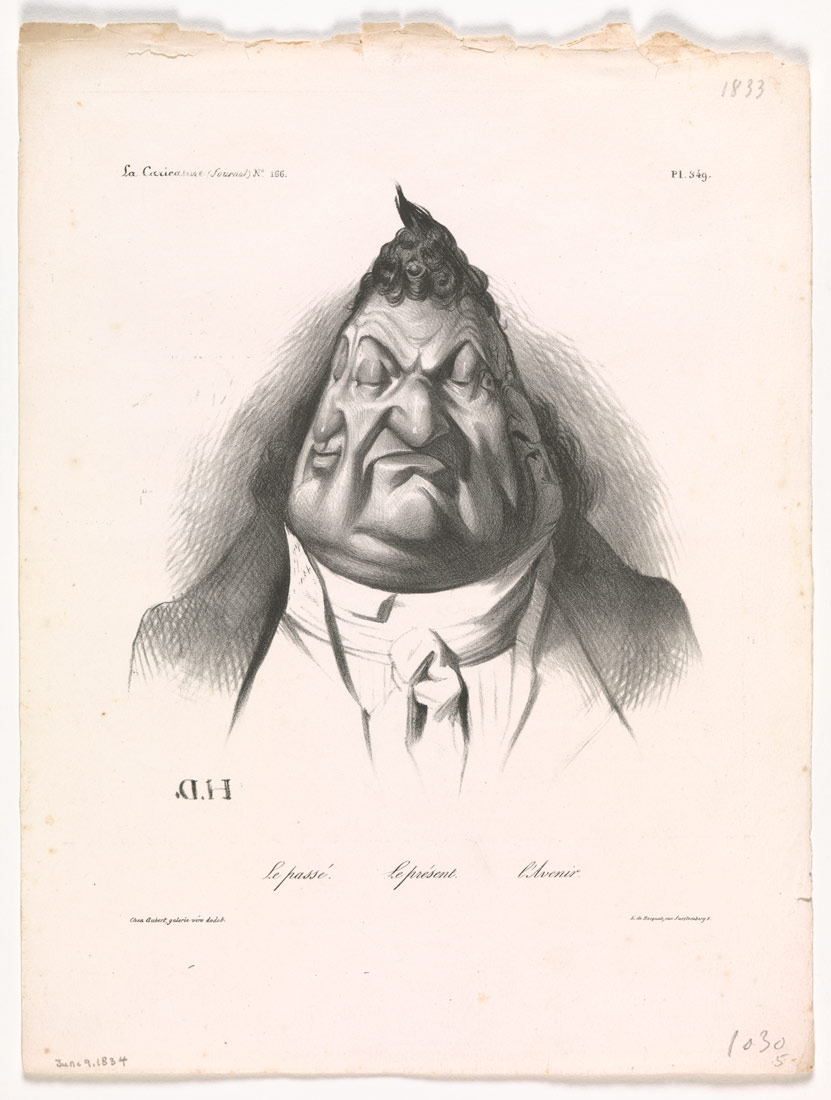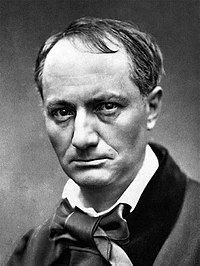In France whenever and wherever you
turn your head you will perceive all kinds of art: architecture, painting,
music, literature etc. If we travel back in history to the late 15th
century and the early 17th century, we will experience the well-known
French Renaissance. Roughly, the Renaissance was a cultural and artistic
movement where important developments in the artistic, technological and
literary fields took place. Although the Renaissance took place in all the European
country, in France, had a bigger splendor.

 The Chateau
of the Loire Valley was one of the best examples of the French architecture
during the Renaissance period. The climate of royal an aristocratic patronage was
of great importance to the development of the architecture, because all of
these people required luxurious places to be at.
The Chateau
of the Loire Valley was one of the best examples of the French architecture
during the Renaissance period. The climate of royal an aristocratic patronage was
of great importance to the development of the architecture, because all of
these people required luxurious places to be at. |
| "Past, present and future" Honore Draumier |
When
the Renaissance came to an end (around the 17th century) new
currents such as the Baroque (in the
18th century), and the Romanticism (in the 19th century) arrived
to France. By now you might be asking yourselves if the French artist always wore
their rose colored spectacles, the answer is no. During the 19th
century the Realistic movement was introduced, this movement was against the
idealized classical art and the exotic themes of the Renaissance, Baroque and Romanticism.
The Realism was based on the direct observation of the world, the representatives
were: Gustave Courbet, Honoré Draumier and Jean Francois Millet.
 |
| Charles Baudelaire 1821-1867 |
| Gustave Flaubert 1821-1880 |
In the
literature field, the 19th century was of great importance, figures
such as Gustave Flaubert and Charles Baudelaire contributed to the development
of this fabulous artistic field. Gustave Flaubert, author of the highly
criticized novel Madame Bovary, was an exponent of both romanticism and
naturalism. In the other hand Charles Baudelaire, author of Fusées and La
Chevelure, was a poet greatly influenced by movements such as: Romanticism, and
Symbolism.
Talking or reading about art is not as entertaining
as seeing it, that is why we invite you to go to one of the museums, that are
mentioned in the previous entry.
No comments:
Post a Comment